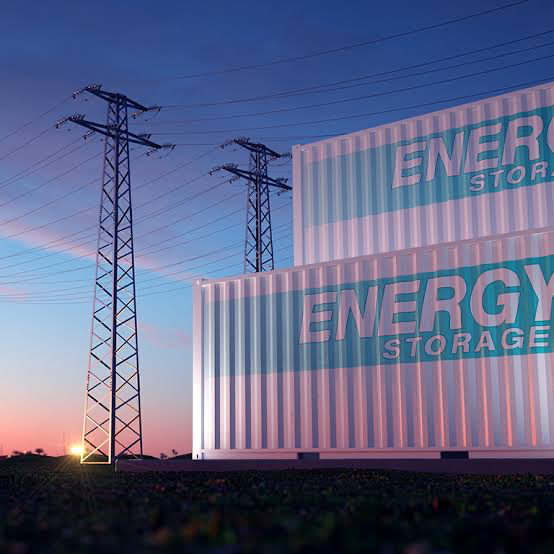A significant $138.5 million investment package to improve Namibia’s electrical infrastructure has been certified by the World Bank. The package places special emphasis on the integration of renewable energy through reinforced transmission lines and the installation of a second utility-scale battery storage facility. Under the leadership of NamPower, the national power provider, this historic endeavor represents the first energy project in Namibia to be funded by the World Bank.
To optimize its effectiveness and impact, the project is separated into three main components. The first part is the building of the second Auas-Kokerboom transmission line, a major piece of infrastructure that runs 465 kilometers from the Kokerboom station near Keetmanshoop to the Auas transmission station just outside of Windhoek. By using cutting-edge 422 series tower configurations with a compacted cross-delta conductor arrangement, this new 400 kV line will effectively double the transmission capacity between these two crucial points.
The construction of a 45 MW/90 MWh battery storage system, carefully sited at the Lithops substation in the Erongo region, is the second element. This location was selected because it is close to important load centers, mostly huge mining activities, and it has the potential to draw significant investments in solar photovoltaic systems. The battery storage facility is expected to be crucial in improving system stability, lowering dependency on energy imports, easing the smooth integration of large-scale renewable energy sources into Namibia’s power grid, and more effectively controlling demand peaks.
The third component of the project is technical assistance, which aims to enable NamPower to create bankable renewable energy projects and increase the socioeconomic advantages of its endeavors. In order to make sure that the utility can manage sustainably and expand its renewable energy portfolio in the future, this factor is essential. Grants from the Green Climate Fund and the International Bank for Reconstruction and Development (IBRD) Fund for Innovative Global Public Goods Solutions will be used to fund the battery storage facility. The development of this essential infrastructure is what these funds are intended to support, as it is essential to increasing Namibia’s capacity for renewable energy and overall energy security.
In his remarks on the project, Satu Kahkonen, the Country Director of the World Bank for Namibia, highlighted Namibia’s remarkable renewable energy potential. Even with such an abundance of resources, Namibia’s entire energy generation comes from renewables at 30% at the moment, indicating substantial development potential that this project seeks to realize.
Kahenge Haulofu, Managing Director of NamPower, expressed his excitement for the project and emphasized the new transmission line’s crucial role in improving access to variable renewable energy sources within Namibia and facilitating broader regional electricity trading. Additionally, he emphasized the significance of the recently installed battery storage system, which will facilitate the growth of renewable energy facilities as well as their integration into the country’s grid.
With financing from the World Bank, NamPower’s ambitious project is expected to drastically change Namibia’s energy environment by lowering outages, promoting load growth, and creating new avenues for power trading within the Southern African Power Pool. It leverages Namibia’s renewable energy capabilities to promote economic growth and regional collaboration in energy resources, marking a significant advancement in the country’s commitment to a sustainable and energy-secure future.



